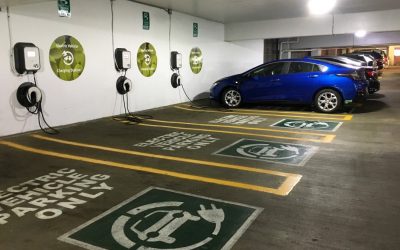US Solar Market
Insight into the 2020 Solar Power Market in the United States
Forecasts have shown that in 2020, the residential and commercial solar markets will see a decrease of 25% and 38% respectively in terms of year-over-year installation volumes. This is due to the COVID-19 outbreak in the United States resulting in delays in construction, delays in permits, complete nationwide lockdowns, as well as lower consumer demand for solar installation. Presently, the solar market is believed to be suffering through one of the most difficult periods of the year.
Regardless of the unfavorable consequences of the pandemic and uncertainty regarding the future, the market is predicted to see a 33% growth this year. This prediction is based purely on the strong performance of solar energy over the past few years, as well as the rapid installation of solar panels on much larger scales. It must be noted that this percentage would have been a lot higher in the absence of the pandemic.
In the first quarter of 2020, the solar energy installation in the United States powered over 15 million homes. According to the Solar Energy Industries Association (SEIA), this was a record-setting quarter as more solar panels were installed in the country than ever before. Although the current pandemic has slowed down the growth of the solar industry, the five-year projections remain incredibly strong, nonetheless. Over 80 GWdc of additional capacity is expected by 2025 which will further fuel the growth of the market.

The demand for utility photovoltaic (PV) has also remained high regardless of the pandemic, and solar power is still economically competitive with other sources of energy. With a 15% current annual growth, the solar market in the United States will install a total of over 110 GW of solar energy by 2025. 1/3rd of residential solar systems and 1/4th of commercial solar systems will also be paired with energy storage systems within the next five years.
California is a leader in the solar market in terms of the highest solar PV capacity, with over 26,000 MW installed in the state. This is followed by North Carolina, and Florida, Nevada, North Carolina, and Texas are expected to significantly increase their solar PV capacity as well.
During this year’s first quarter, states with established solar markets, such as Arizona and California, saw a relatively stable number of solar panel installations. On the other hand, emerging markets such as those in the states of Colorado, Florida, Illinois, Texas, and Virginia witnessed record-breaking installation totals particularly in residential properties. In 2020, second only to California, Florida installed the most rooftop solar systems in the country.
America as a whole has seen a growing geographic spread in the residential and commercial solar sector. It is clear that the solar energy industry is highly resilient and will continue to prosper despite obstacles it encounters as a result of the coronavirus pandemic. The solar market in the United States will also endure the effects of the pandemic, and strong growth is expected over the upcoming years.



